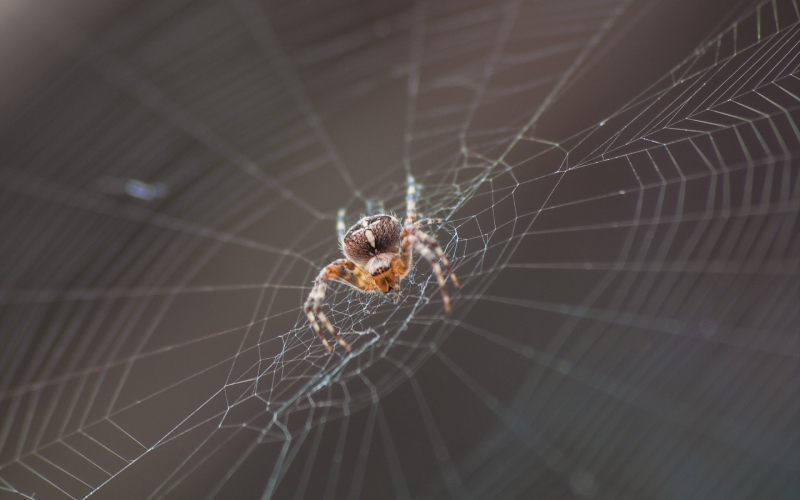
Eight Master’s and PhD students have been named among this year’s winners of the grant program UMNIK (Russian: “brainiac”), organized by the Foundation for Assistance to Small Innovative Enterprises (FASIE). We’ve spoken to Aleksandra Paramonova to learn what she plans to do with her grant.
Aleksandra Paramonova, second-year Master’s student, ChemBio Cluster
My project involves the development of scleroprotein-based, optically-active hybrid materials. Its result should be a biocomposite material based on natural scleroproteins and modified with optically-active nanoparticles in order to be used as a visualizing agent in medicine. Scleroproteins are natural fibrous proteins noted for their high level of flexibility and durability. By using webs, a natural source of scleroproteins, we can ensure that the material is not only optically active, widely applicable, and highly durable, but also biocompatible, biodegradable, renewable, and non-toxic.
The resulting composite can be used to create materials for targeted drug delivery via micelle and capsules; the sorption of these carriers can be tracked thanks to their opticity. The composites could also be used to construct angioprostheses, which are vessel prostheses used by vascular surgeons.
The result of this project will be a specialized, finely-tuned biomaterial for a wide range of uses in biomedicine. A prototype sample of the material has already been produced; in order to do that, it was necessary to develop a method of synthesizing optically-active biocompatible nanoparticles and select the optimal conditions. Nevertheless, it will be necessary to conduct further studies on the optimization of biocomposite production.

Organic fibrous composites have a number of advantages over their synthetic counterparts. Due to the lack of domestic-made organic composite materials on the Russian market, their place was taken by synthetic composites, which are produced from non-degradable materials and use highly toxic reagents.
There are no instances of industrial production of spider silk-based materials in the world today. This technology will make it possible to set up low-cost production of such materials. The resulting composite materials can be used to produce angioprostheses for patients with severe artery blockage, something that can’t be done using synthetic materials.

(author Daria Sofina)